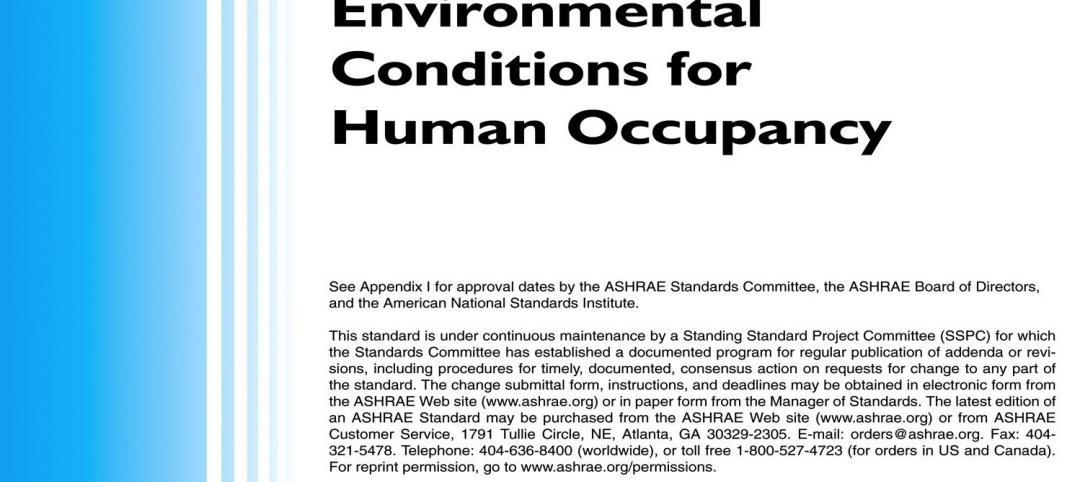An analysis by real-estate listing website Trulia in the 20 highest-priced U.S. housing markets from 1996 to 2006 found that residential property values near low-income housing were not significantly impacted.
The study looked at more than 3,000 low-income housing projects and their surrounding neighborhoods. Home values within 2,000 feet of low-income housing projects were largely the same as homes between 2,000 and 4,000 feet from these projects.
Some of the least affordable markets have experienced resistance to building affordable housing, with some opponents claiming these projects depreciate nearby home values. Opposition to affordable housing development has surfaced in tight housing markets across the country such as San Francisco, New York, and Seattle.
San Jose, Calif., was the most aggressive in adding low-income housing units (7.81 per 1,000 people) during the decade, Trulia says. By contrast, Oakland, (0.52 per 1,000 residents) added the fewest units per capita.
Of the 20 markets examined, Denver was the only metro area where homes located near low-income housing projects experienced an increase in price per square foot after a project was completed. In Boston and Cambridge, Mass., however, low-income housing projects had a negative effect on the value of nearby homes, suggesting a region-specific market effect. Affordable housing projects in most of the other areas had no significant impact on home values.
Related Stories
| Dec 18, 2013
ASHRAE publishes 2013 thermal comfort standard
Major revisions for design and measurement of comfortable spaces are included in a newly published ASHRAE 2013 thermal comfort standard.
| Dec 11, 2013
Texas to require architects to be fingerprinted to get licensed
Starting January 1, 2014, architects who apply for an occupational license in Texas will have to share their fingerprints with the state.
| Dec 11, 2013
Province of Ontario is reviewing bill to require timely payments to contractors
Legislation is under review in the Province of Ontario that would mandate timely payments to contractors.
| Dec 11, 2013
Federal design-build proposal could make it easier for small businesses to land government contracts
The Design-Build Efficiency and Jobs Act, a bill pending in the U.S. House of Representatives, would streamline the bid and proposal process by requiring government agencies to use a two-step process when seeking design-build contracts for projects worth more than $750,000.
| Dec 11, 2013
NIST recommends tougher standards for tornado resilience
Buildings in tornado-prone areas should be constructed to withstand strong winds just as hurricanes are factored into building codes in coastal areas, says a federal report examining the 2011 killer tornado in Joplin, Mo.
| Dec 10, 2013
Whistleblowers can now file complaints online with OSHA
Whistleblowers covered by one of 22 statutes administered by the Occupational Safety and Health Administration (OSHA) now will be able to file complaints online.
| Dec 4, 2013
Five U.S. cities leading on climate change initiatives
Houston, Salt Lake City, Miami, New York, and Los Angeles are five cities that are leading the way on preparing for climate change and extreme weather, according to a Center for American Progress report.
| Dec 4, 2013
Philadelphia City Council mulling bill requiring ID cards for construction workers
The Philadelphia City Council has held a series of hearings on a bill aimed at boosting the city's safety regulations in the wake of a deadly building collapse earlier this year.
| Dec 4, 2013
Changes completed on 2015 IECC provisions
The 2015 International Energy Conservation Code (IECC)—the code that serves as the model for states’ codes—has undergone final changes.
| Dec 4, 2013
Design-build makes gains along with more authorizing legislation
In 2009, more legislation authorizing design-build project delivery passed than in any year in Design Build Institute of America’s history.
















